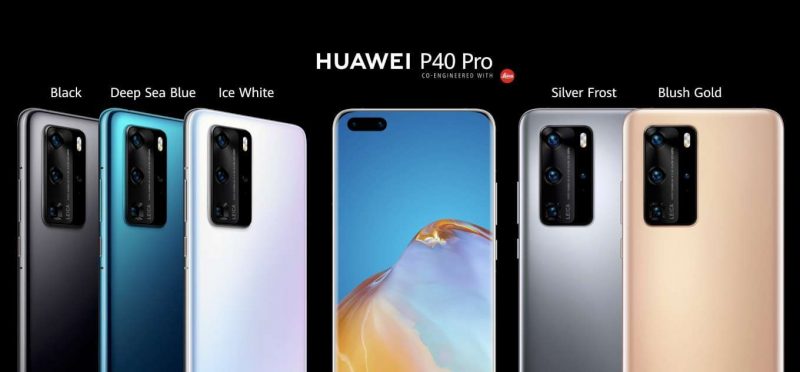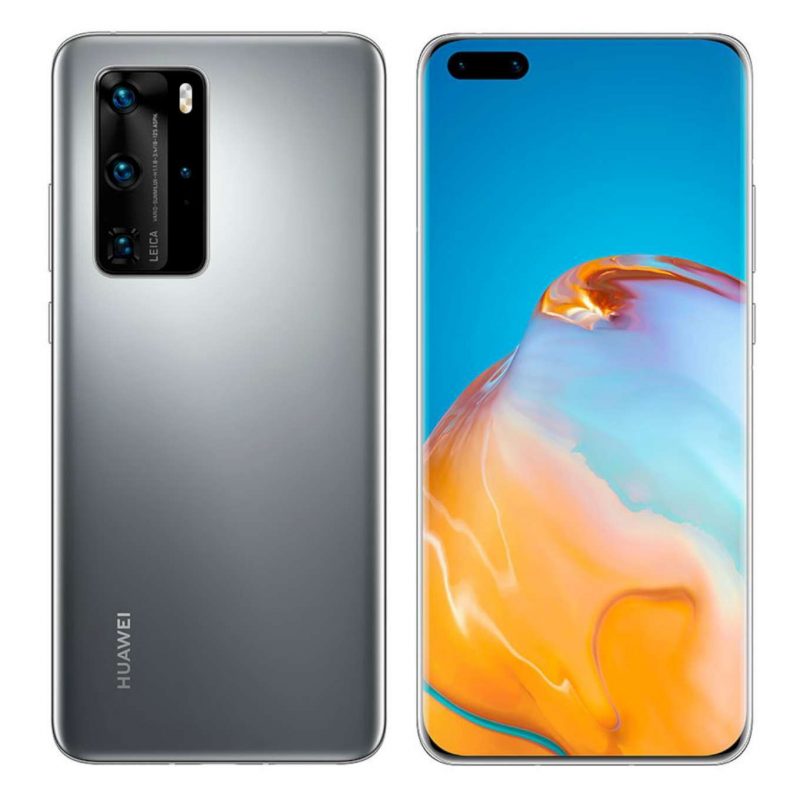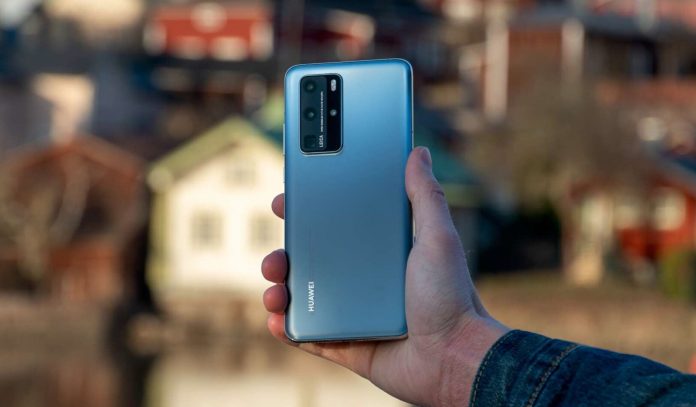This is Huawei’s best-looking phone ever published. It looks luxurious and uses materials similar to the other top-end phones that you can purchase right now.
The P40 Pro has what Huawei calls a ‘quad-curve overflow panel,’ basically a four-edge curved glass. We saw a range of telephones with curved sides – a design feature that goes all the way back to the Samsung Galaxy S7 Edge – but you do get curved top and lower edges with the Huawei P40 Pro.
However, the window itself just bends on the sides, not on the top or bottom of the handset, where the glass on the top is curved. This gives the phone a unique appearance, but it does not alter the look of the phone’s screen too much.

There are still very narrow bezels up and down and although they look thinner than on rival phones, it is not a dramatic change from, say, the Galaxy S20 Ultra.
The 6.58-inch screen on the Huawei P40 Pro is 1200×2640 in resolution, which isn’t quite Quad HD, but is equal to a pixel density of 441ppi, slightly lower than the current flagships of certain other brands.
The Galaxy S20 Plus is contrasted with 1440 x 3200 and 525ppi, the iPhone 11 Pro has an resolution of 1125 x 2436 pixels and an performance of 458ppi. However, in daily use most people will probably not notice many differences, and we did not find it a problem with the P40 Pro during our time.

The screen is bright and large and looks wonderful – we found it especially good for viewing video. Huawei also increased the maximum screen refreshing rate to 90Hz which is faster than the 60Hz of previous phones, though not as fast as competitive devices such as the 120Hz display Galaxy S20 and Oppo Find X2 Pro.
A higher rate of refresher effectively allows a clearer picture on your computer while you play video games or click through your feeds in the social media. It’s not a must for anyone, but if you want a premium-feeling phone it’s just a nice touch, 90Hz doesn’t felt as smooth as 120Hz, but this is a clear difference from 60Hz.
